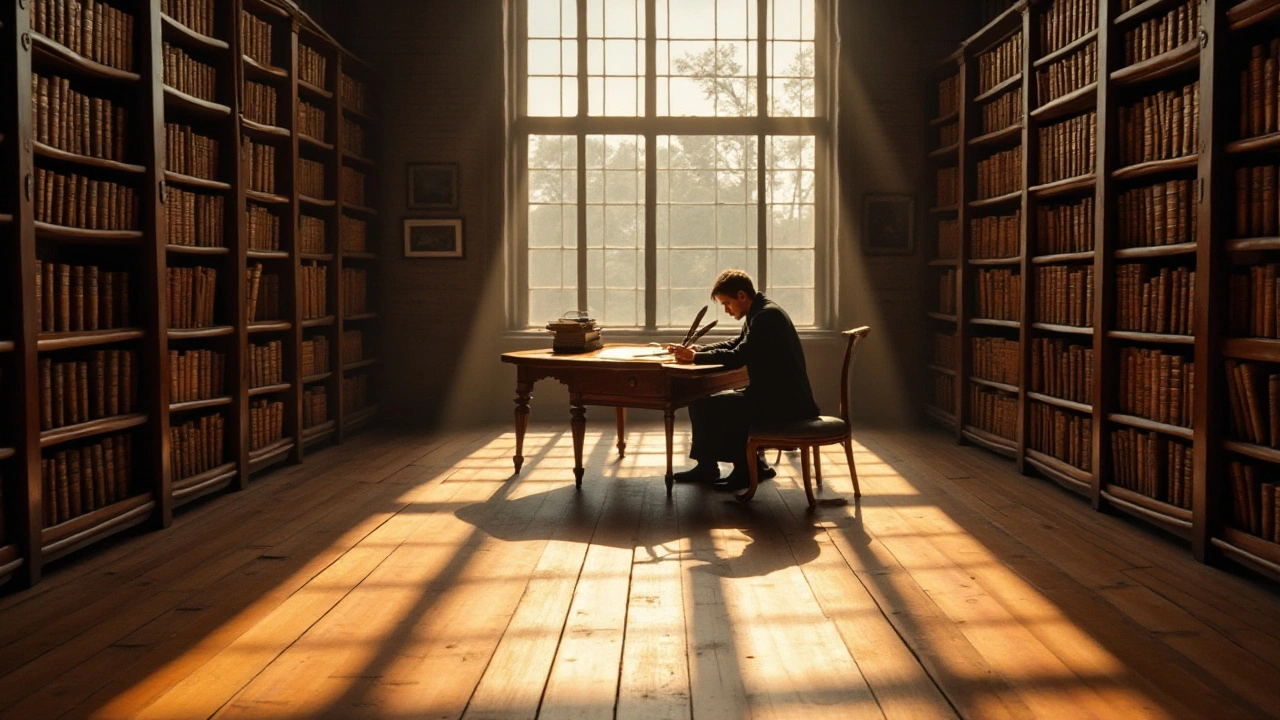Romanticism: what it really looks like and why it still matters
Romanticism pushed feeling over rules. Artists reacted against neat, rational art and huge industrial change by painting storms, lonely people, and wild landscapes. If you want to spot Romanticism, focus on emotion, dramatic light, and nature shown as powerful or mysterious.
Here’s a quick test: if a painting makes you feel small, excited, or unsettled, it might be Romantic. Think of a lone figure on a cliff, a sky on fire, or a scene that tells a big emotional story rather than a tidy scene of daily life.
Key traits to spot
Look for these clear signs: dramatic contrasts of light and dark, sweeping landscapes, intense color, and subjects that show inner feeling—melancholy, awe, rebellion. Artists often use loose brushwork to emphasize mood over precise detail. History, myth, and exotic places also show up a lot because they let artists dramatize ideas.
Famous names help you recognize the style. Caspar David Friedrich painted solitary figures facing vast nature. J.M.W. Turner used wild skies and light to create mood. Francisco Goya mixed political anger and dark emotion. Eugène Delacroix favored color and motion to make scenes feel urgent.
How to use Romantic ideas today
Want to borrow Romanticism for your own work or decor? Start small: use strong contrasts in lighting in photos or interiors—deep shadows and warm highlights add drama. Choose images or furniture that feel handmade or slightly rough; Romanticism favors the imperfect and emotional over sleek perfection.
If you’re an artist, push mood first. Try a limited color palette that leans dramatic—deep blues, fiery oranges, heavy blacks. Don’t worry about perfect lines; let brushstrokes or texture carry feeling. For writers or designers, pick themes of longing, nature, or the past to give projects emotional weight.
Curating a room? Add a large landscape print, a textured rug, and a few old-looking objects. That mix signals Romantic influence without feeling dated. In photography, choose stormy weather, backlight, or mist to evoke the same mood quickly.
Want to learn more fast? Visit museum pages for Friedrich, Turner, or Delacroix and compare a few paintings to see the pattern. Read short essays or watch 10–15 minute videos that focus on one painting—close looks make the movement click faster than long historical overviews.
Romanticism is not just an old style. It’s a set of tools for creating strong feeling—useful whether you’re making art, styling a home, or shaping a story. Focus on mood, bold contrasts, and nature’s force, and you’ll get the effect without copying the past exactly.

